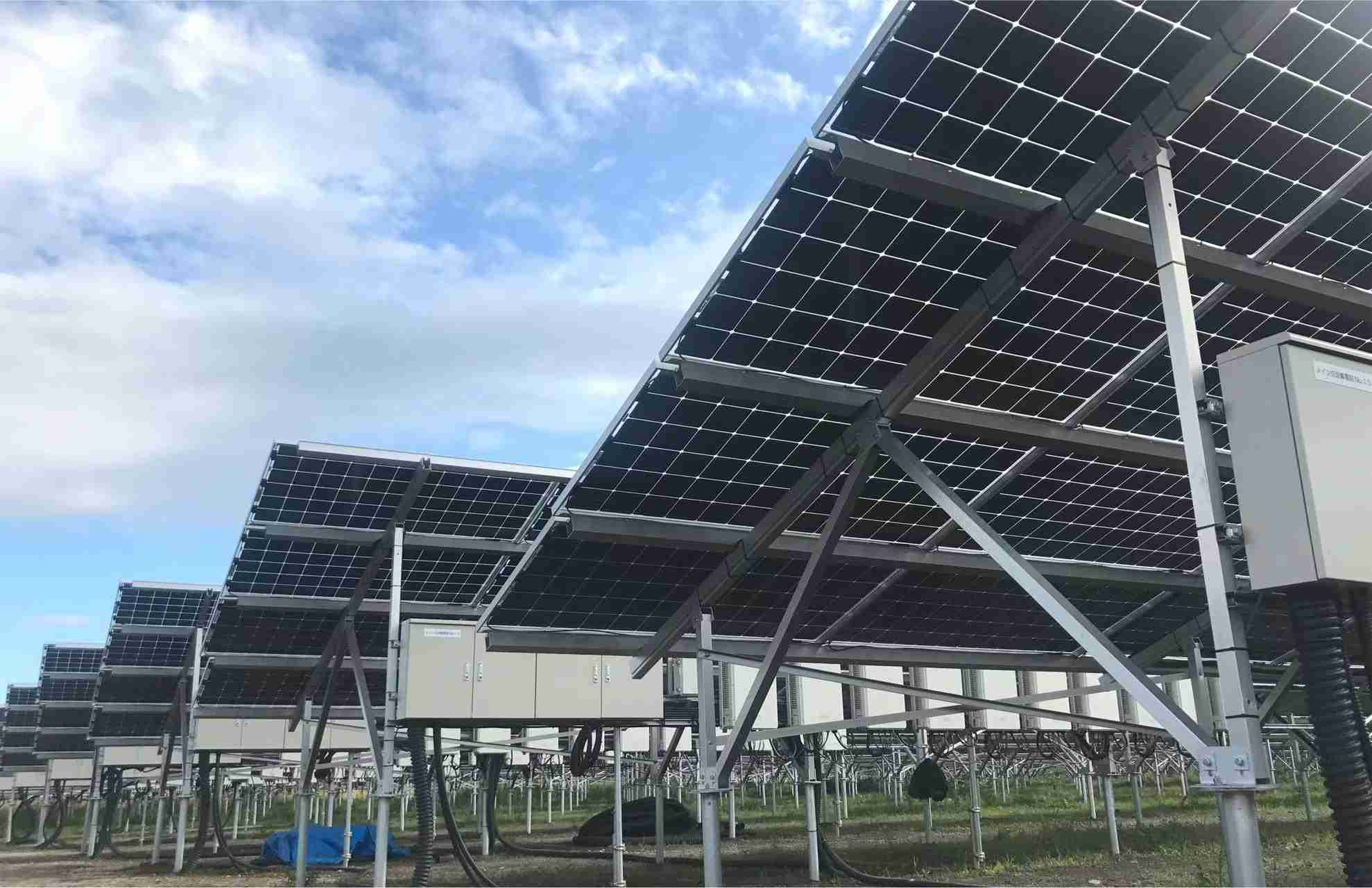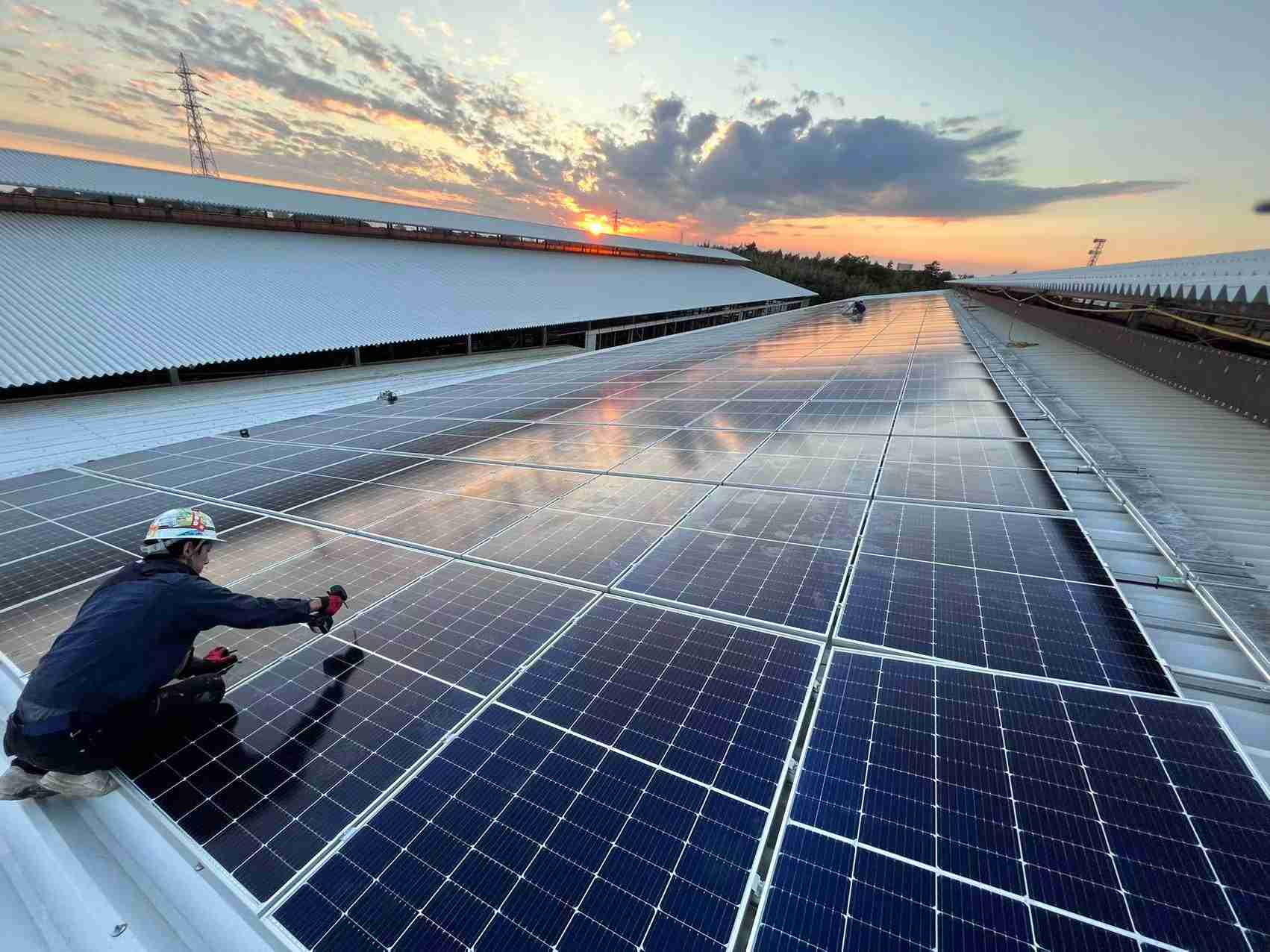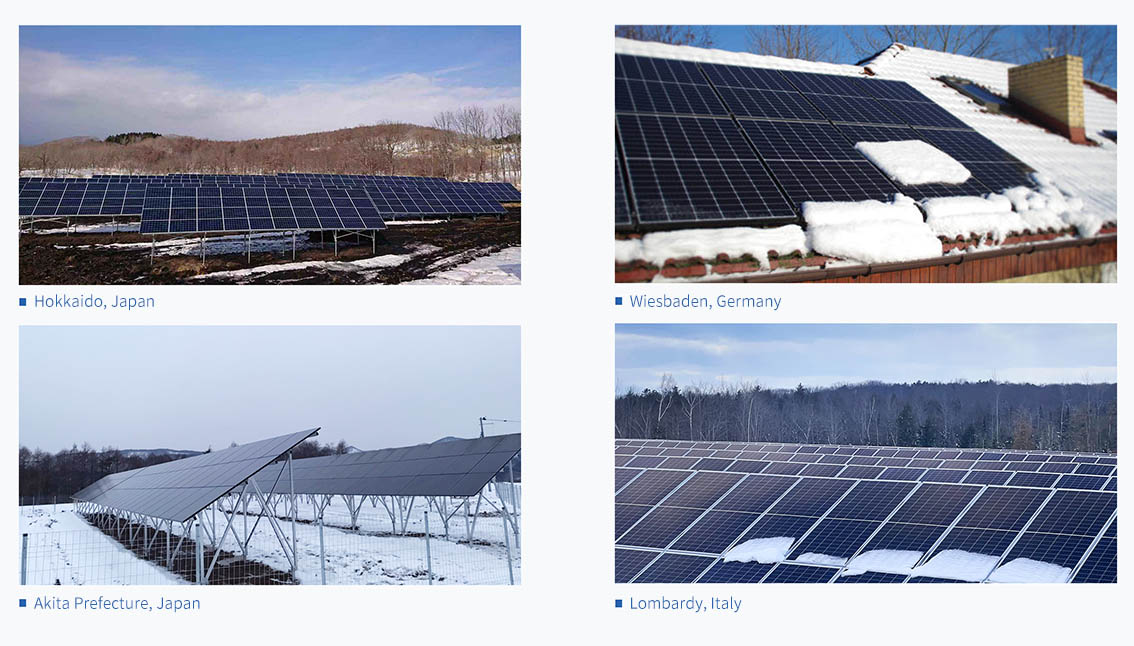As global awareness of environmental protection grows and reliance on fossil fuels gradually decreases, solar plants have become a critical component of sustainable energy solutions. Despite the bright prospects of solar power in the energy sector, one common question arises: why is the lifespan of a solar plant typically considered 25 years? Does this mean it must be decommissioned and stop generating electricity after 25 years?
China’s national standards specify that the designed service life of solar mounting structure is 25 years. Generally, PV modules experience gradual performance degradation over time. After 25 years of operation, their conversion efficiency typically remains around 80% of their original efficiency, meaning they still have the capacity to generate electricity and provide economic benefits. If the degradation rate exceeds 20%, the modules are usually considered to have reached the end of their lifespan. This conclusion is based on extensive experimental data and practical experience and is widely accepted within the industry. Therefore, from a performance perspective, a solar plant can operate stably for 25 years.

From the perspective of bracket performance, solar mounting structure are typically made from materials such as galvanized C type steel or aluminum alloys, which have excellent corrosion resistance and high durability. If qualified products are selected—meeting standards for zinc coating integrity and structural thickness—their lifespan often far exceeds 25 years, ensuring reliable support for the long-term stable operation of the plant.
From an investment return perspective, the payback period for a solar plant is typically around 4–10 years. A designed lifespan of 25 years allows investors to generate stable returns during the remaining years, ensuring sufficient time to recover costs and earn reasonable profits. If the lifespan were too short, the return on investment could be too low, reducing investor interest. On the other hand, an excessively long lifespan could increase maintenance costs and technical risks.

While current solar technology and materials can ensure the stability and reliability of PV modules during their operational period, the 25-year lifespan is not an absolute limit—it is simply a reasonable estimate. With ongoing advancements in technology, the performance and lifespan of solar modules are expected to improve even further in the future.
Advantages of Huge Energy Solar PV Mounting Structures
Huge Energy solar PV mounting structures feature carefully selected materials, such as corrosion-resistant aluminum alloys, high-strength steel products and top-quality stainless steel bolt sets. Precision machining ensures durability in varied environments.
Before constructing a solar plant, we design a reliable PV mounting system and connection method tailored to the specific wind speeds and snow loads of the location. This enhances the structure’s ability to withstand crosswinds to ensure the overall stability. Our custom design service optimizes installation angles and minimizes shading losses, maximizing energy capture.
We offer 10-15 years of quality assurance and 25-years design life. Our “safety-first” engineering strategy has resulted in a decade of accident-free operations. Count on us for professional services from consultation through installation to ongoing maintenance.
We stand by our commitment to effective energy solutions and sustainable development. And we meet your expectations in every aspect and get your investment to the maximum return.
